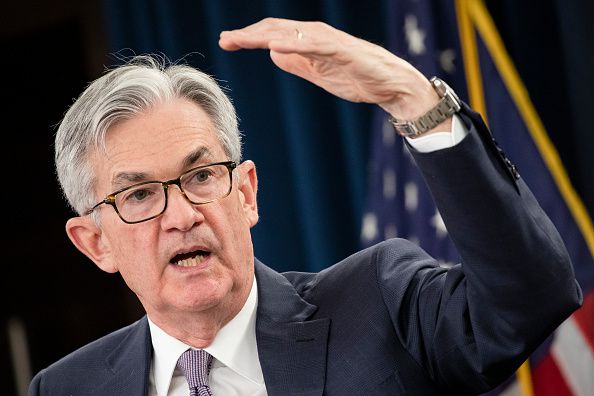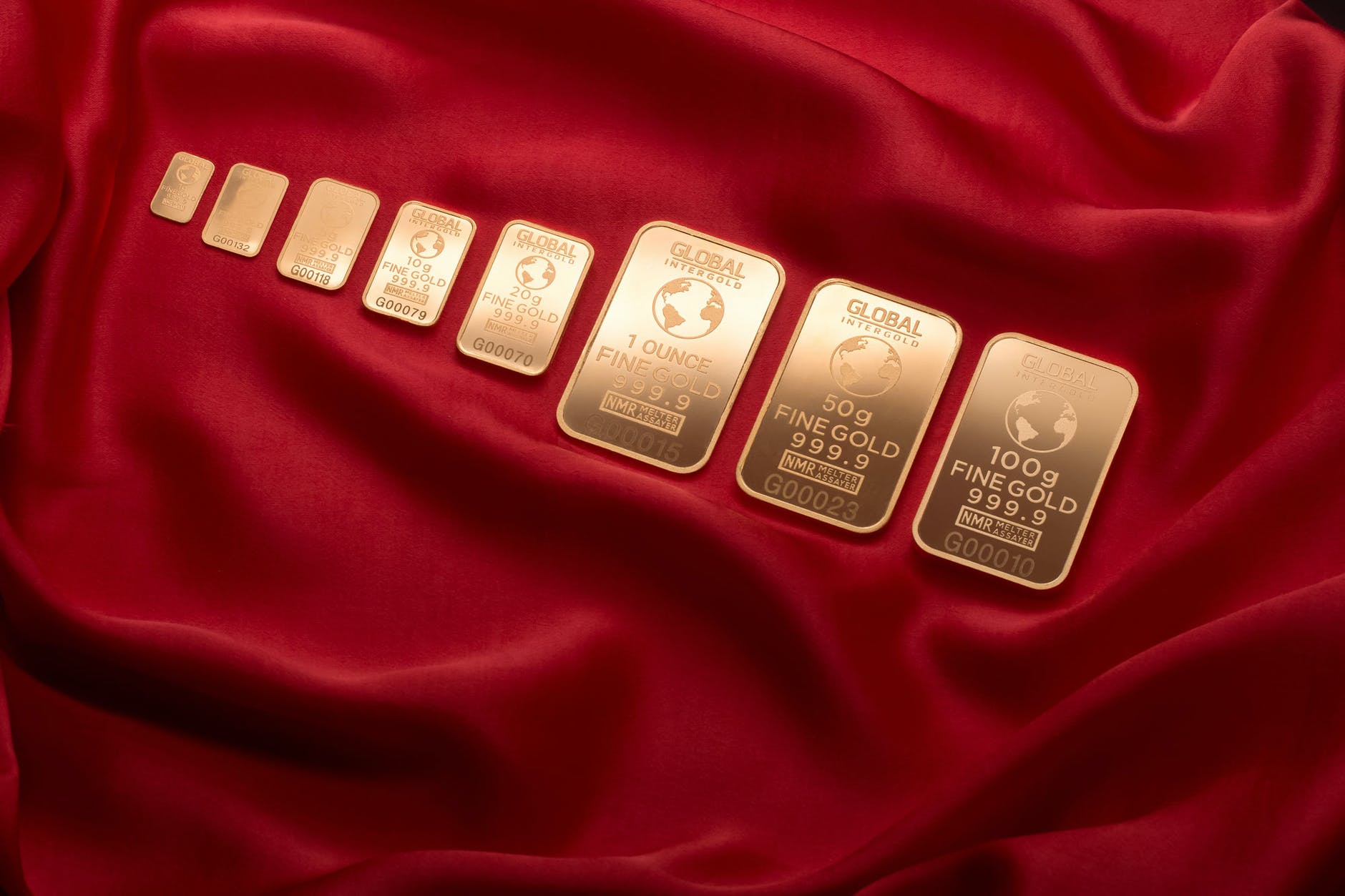The Federal Reserve has kept its benchmark interest rate unchanged at a two-decade high. The Fed’s rate-hiking campaign has been the most aggressive since the 1980s, and it sparked some turmoil in the banking sector, the stock market, and the global economy during this period.
However, following the recent jobs report, calls are growing for the Board to consider lowering interest rates sooner to minimize further meltdown in the economy into a full blown recession. Even though the market is now pricing in a 94% probability of a Fed rate cut in September.
Economists like Ryan Sweet, chief U.S. economist at Oxford Economics, have predicted that the Fed will likely use the July meeting to plant a seed that a cut in September is on the table.
Some economists, like those at Citi, have predicted that the U.S. Federal Reserve could slash interest rates by 200 basis points in its next eight meetings through the summer of 2025 as the U.S. economy slows down.
Jahangir Aziz, an analyst with JPMorgan, told CNBC that he expects a 50 basis point (bps) rate cut by the Federal Reserve in September and another during the November meeting.
The dollar is dropping primarily due to a combination of economic factors and global economic conditions.
One significant factor that is contributing to the lower dollar value is the Federal Reserve’s monetary policy that has led to an increase in the money supply, causing inflation to skyrocket in recent years.
Additionally, the ongoing trade tensions between the United States and China and Russia, have also contributed to the weakening of the dollar.
Investors often turn to gold as a safe haven during times of economic uncertainty or when they expect the value of the dollar to decrease.





